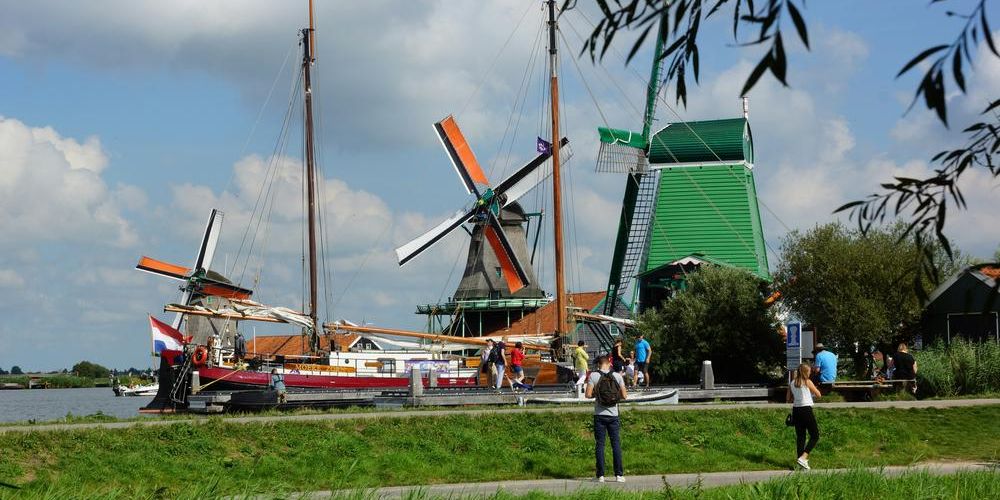With more than 2.6 million visitors annually, the heritage site is feeling overwhelmed. A spokesperson from the municipality said that they are considering an entrance fee of about $30 per visitor.
Currently, access to the village is free, though some individual venues such as museums do charge an entry fee, according to the official website.
Council members are holding discussions with local business owners and other stakeholders. Some local businesses have expressed concerns that an entrance fee might reduce visitor spending. Other solutions to managing overtourism are also being explored.
Zaanse Schans is located about 20 minutes north of Amsterdam and functions as an open-air living museum where visitors can experience traditional Dutch crafts such as woodworking and clog-making. The village is famous for its windmills, which once numbered over 600, according to its website.
However, the village, which has a population of around 100 residents, is struggling with the large number of tourists. Jan van der Borg, a tourism professor at Katholieke Universiteit Leuven in Belgium, told NOS that residents face issues like overcrowding and tourists parking in front of private driveways.
Zaanse Schans joins a growing number of destinations worldwide that are tackling overtourism by introducing fees or visitor limits.
Hawaii recently became the first U.S. state to establish a climate impact fee on tourists, set to take effect on January 1, 2026. In Europe, Barcelona —the busiest cruise port — plans to reduce passenger terminal capacity by 2030.
Amsterdam has also been enforcing stricter rules to combat overtourism, including limiting new hotel development and regulating overnight stays to make the city more livable for both residents and visitors, the city announced in April 2024.
Tourist taxes are becoming increasingly common as communities around the world face pressures from heavy visitor numbers.









